How Animation Taught Me to Be Human: One of the Most Powerful Forms of Storytelling
Animation is not just for kids, it’s one of the most powerful ways to tell a story. From Studio Ghibli to Attack on Titan, these worlds have shaped how I love, heal, and see humanity. This is an ode to the lessons I’ve learned and an invitation to feel them too.

I’ve always been magnetically drawn to storytelling. Deep inside, I feel my purpose is entwined with it, and animation has only solidified this belief. Too often adults dismiss animation as mere “kids’ stuff,” forgetting its profound ability to touch hearts and shift perspectives.
Science shows animation does this on a neurological level. Studies in narrative transportation theory suggest that animation’s vivid visuals and immersive worlds help viewers emotionally inhabit the story, forging powerful bonds with characters and boosting empathy . Meanwhile research into neuroscience reveals that watching expressive animated characters activates mirror neurons and the anterior insula (areas involved in empathy and emotional resonance hound-studio.com). In short, animation taps into our “hot,” experiential system, enhancing emotional intelligence, empathy, and memory in ways few other media can (researchgate.net+1hound-studio.com+1).
Now let’s explore how the animation stories closest to my heart have shaped me, and could shape anyone open to their magic…
1. Studio Ghibli films
These hand‑drawn masterpieces layer intricate visuals with profound themes that transcend time, age and gender.
- Spirited Away showed me that identity and courage can bloom in the most surreal, confusing worlds. Watching Chihiro grow stronger in her fear awakened in me a belief that resilience comes from embracing uncertainty.
- Princess Mononoke taught me empathy for both people and nature. It showed how understanding conflicting motivations leads to compassion.
- My Neighbor Totoro reminded me to see wonder in everyday moments and appreciate childhood’s innocence.
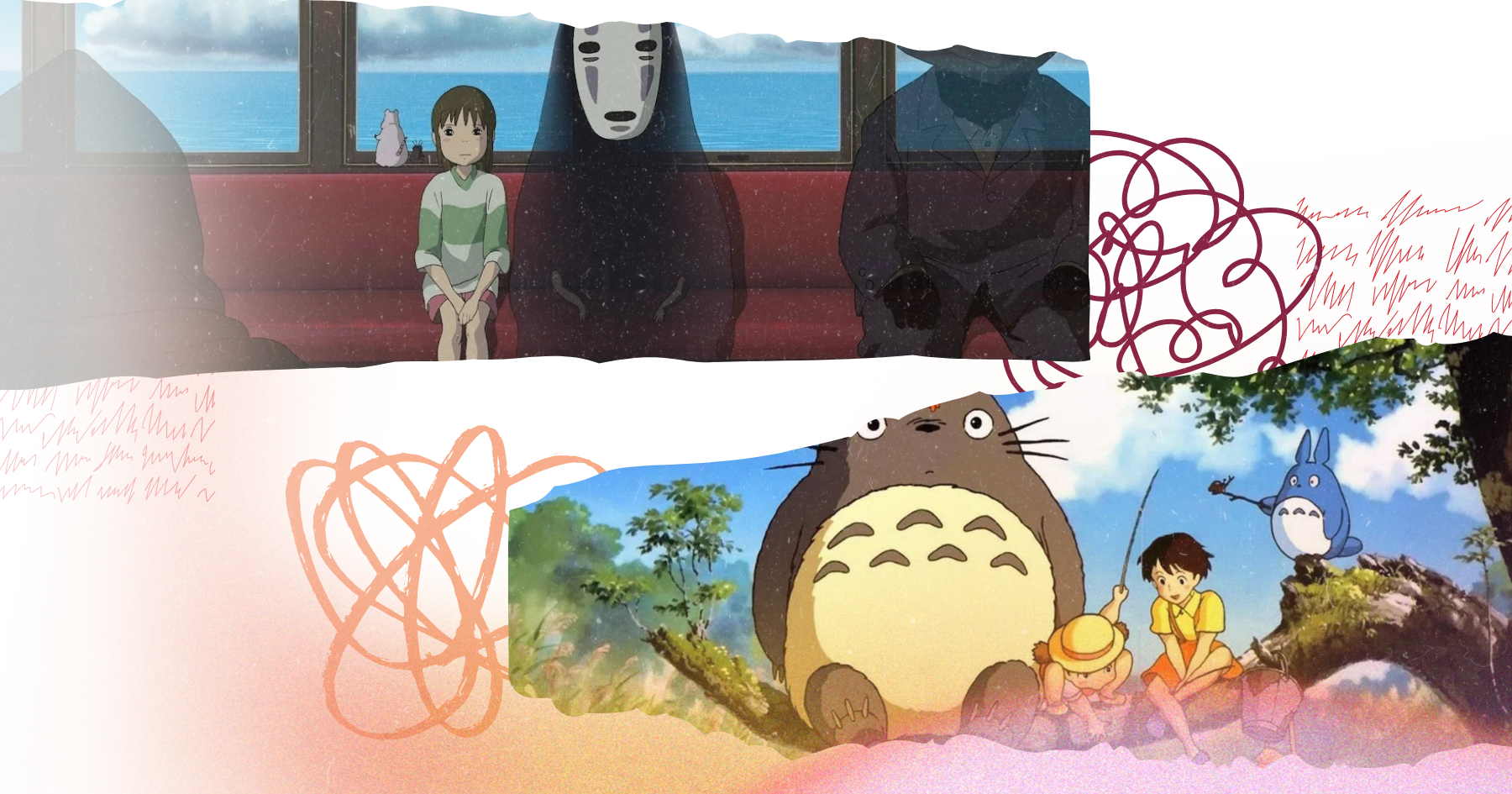
- Ponyo revealed the beauty of trust, friendship, and transformation. It taught me that even the wildest love can soften fear, and that harmony between nature and humanity begins in the heart of a child.
- From Up On Poppy Hill offered a tender, quiet lesson in healing intergenerational wounds. Through the delicate unfolding of memory and connection, it showed me how looking backward can help us move forward with clarity and care.
- When Marnie Was There held a mirror to loneliness and self-forgiveness. It was through Anna’s quiet journey that I began to understand how love, especially the kind that is unexpected and unfamiliar, can help rebuild a sense of belonging.
- The Tale of the Princess Kaguya reminded me that life’s fleetingness is what makes it precious. Its poetic pacing and visual delicacy taught me to honor every emotion, every goodbye, and every moment that passes through our hands like light.
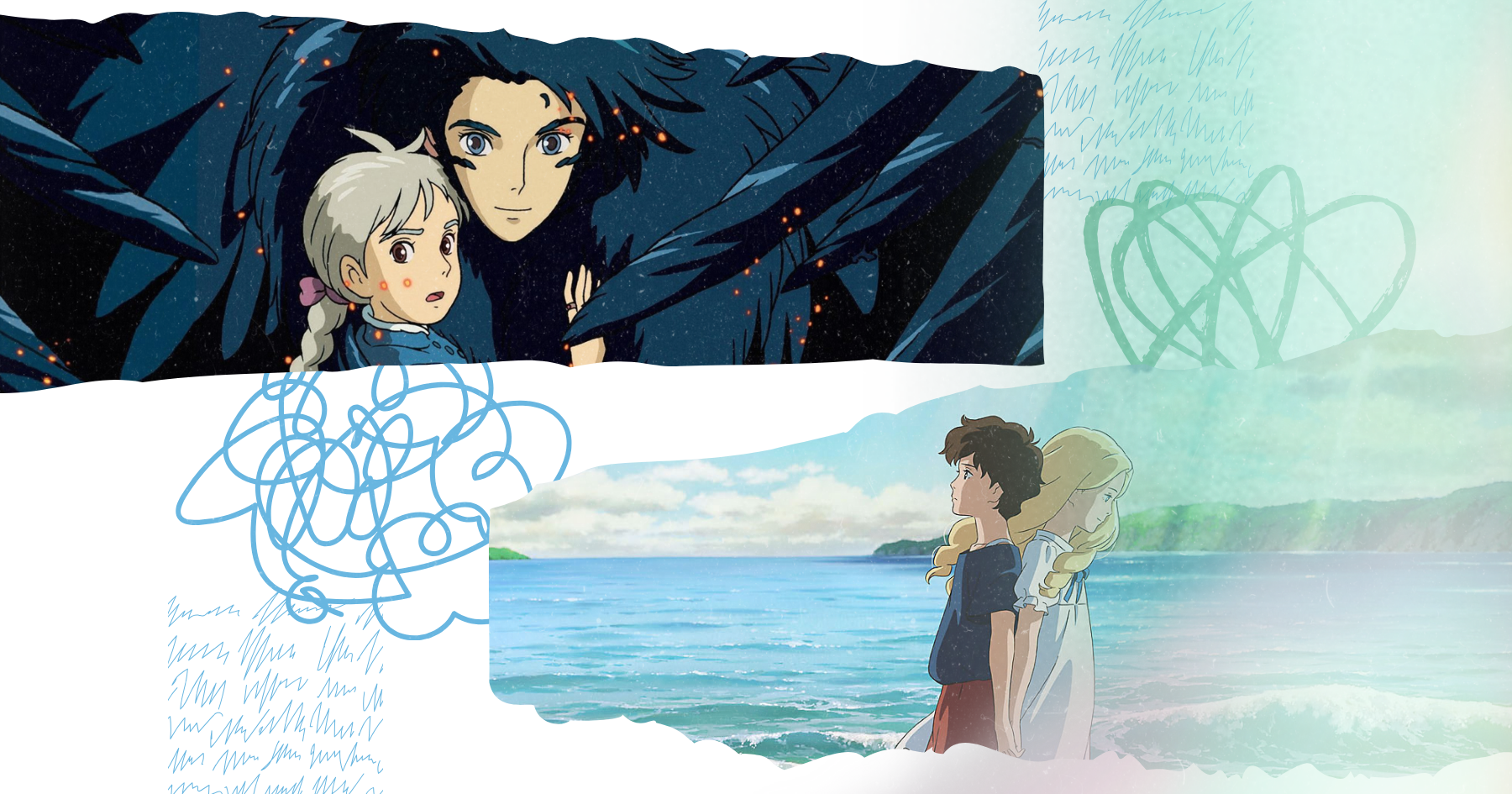
Academically, Ghibli’s storytelling is recognized for its emotional depth, complex characters, environmental themes, and exploration of feminism, pushing the boundaries of what animation can achieve. Spirited Away in particular demonstrated globally that animation isn’t just trivial fluff. It can be art, culture, and heartfelt expression all at once.
2. Attack on Titan
This is not just a story about titans and war. It is a brutal, unflinching mirror held up to humanity itself. Through its masterful world-building, emotional character arcs, and morally complex storytelling, Attack on Titan invites us to confront some of the hardest truths about ourselves as a species.
It’s a story of cycles. Of violence born from fear. Of generations repeating the sins of the past while believing they are doing what is necessary. It begins as a story of survival and ends as a meditation on power, freedom, and the cost of revenge.
The deeper you go, the more you realize: this show is a tragic symphony of human nature. It explores how history is weaponized, how “heroes” are shaped by perspective, and how the line between liberator and oppressor is thinner than we’d like to admit. One of the most heartbreaking truths Attack on Titan uncovers is that humans, even with knowledge and memory, often remain prisoners of the same fear, the same need for control, and the same us-versus-them mentality.
Yet within the devastation, there’s beauty. There are moments of tenderness between friends, of loyalty under impossible circumstances, of people choosing love when hatred would be easier. It’s in these fleeting moments, often overshadowed by war, that the show quietly asks: What does it truly mean to be free? And can that freedom exist without compassion?
The show doesn’t offer easy answers. It doesn’t resolve in comfort. But that’s what makes it unforgettable. In a world where animation is often assumed to be sanitized or simplified, Attack on Titan shatters those assumptions. It tells a story that is both terrifying and painfully human, a reminder that we are capable of both incredible courage and heartbreaking destruction. And that perhaps, in naming our flaws, in facing them without flinching, there’s hope we might someday do better.
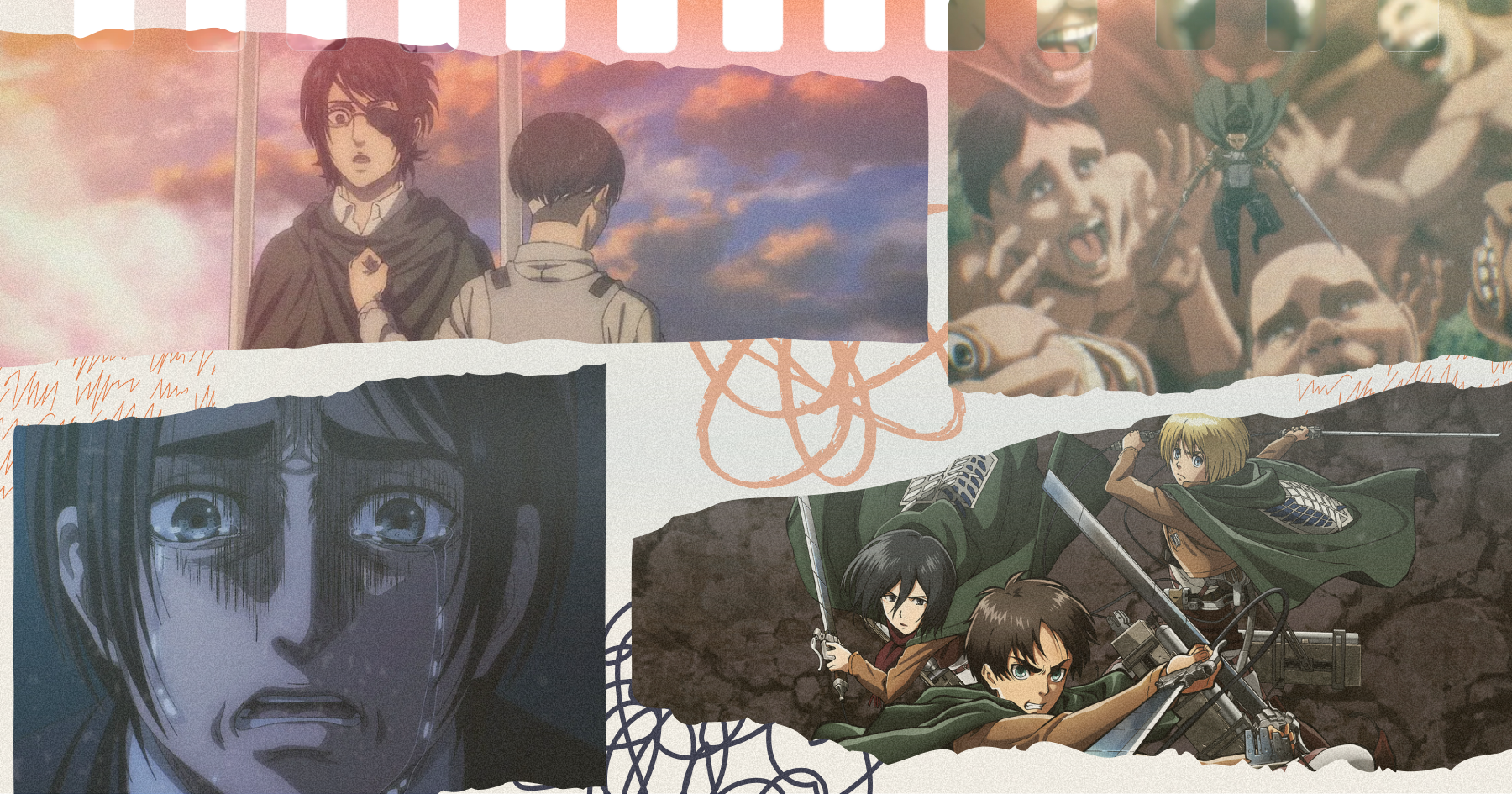
3. One Piece
In this epic of friendship, freedom, and dreams, I discovered the true weight of loyalty, brutal honesty and hope. Luffy’s unwavering faith in his crew taught me that following your heart and lifting others can forge unbreakable bonds. Animation made those emotions resonate more deeply than any textbook.
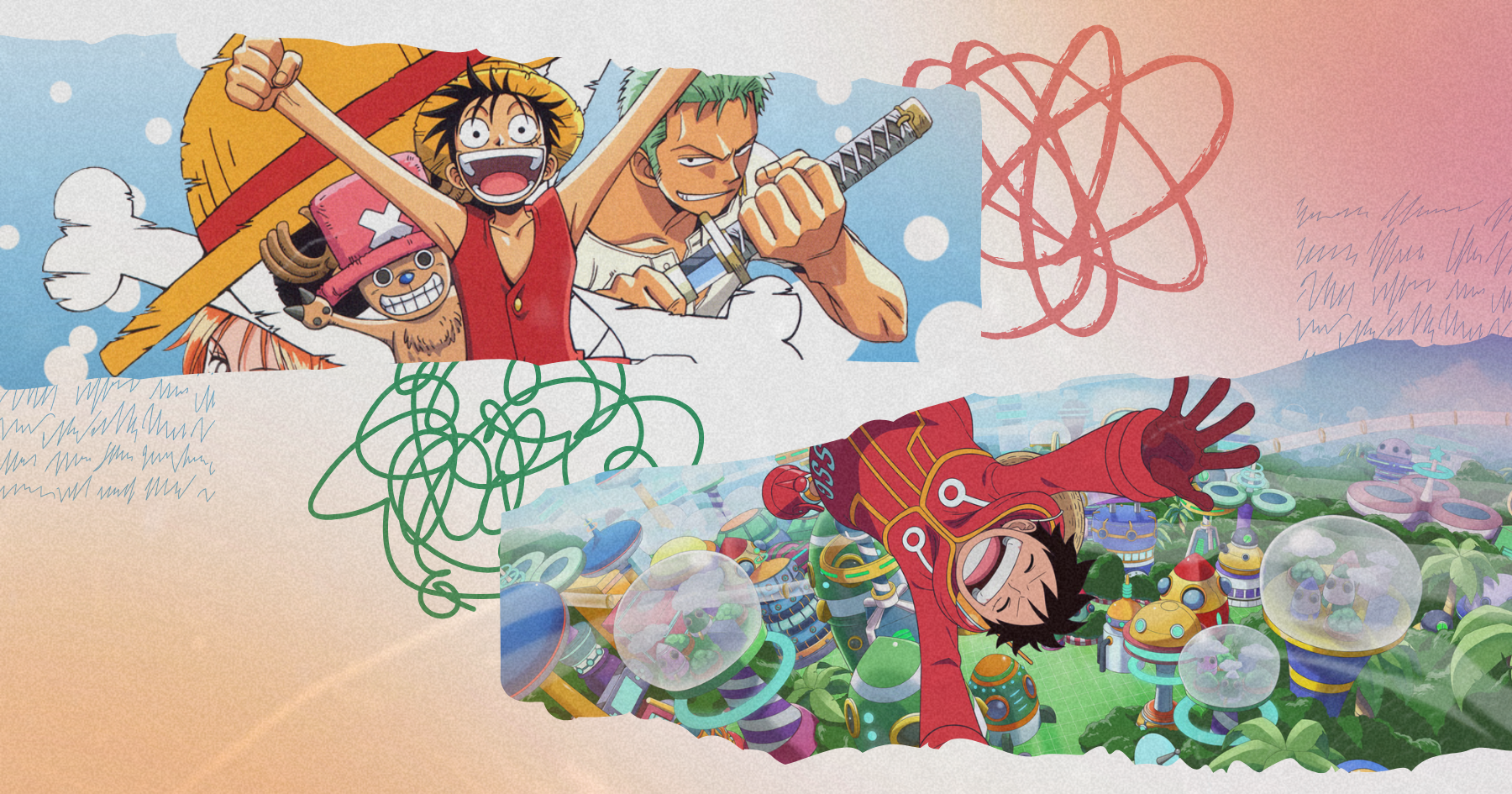
4. Adventure Time
With its playful yet philosophical stories, this show celebrated imagination, forgiveness, and the layers beneath joy. From it I learned that healing is possible, complex emotions can coexist, and that sometimes the simplest cartoon reveals the deepest truths. Animation’s freedom to blend whimsy with soul-stirring themes is part of its power.
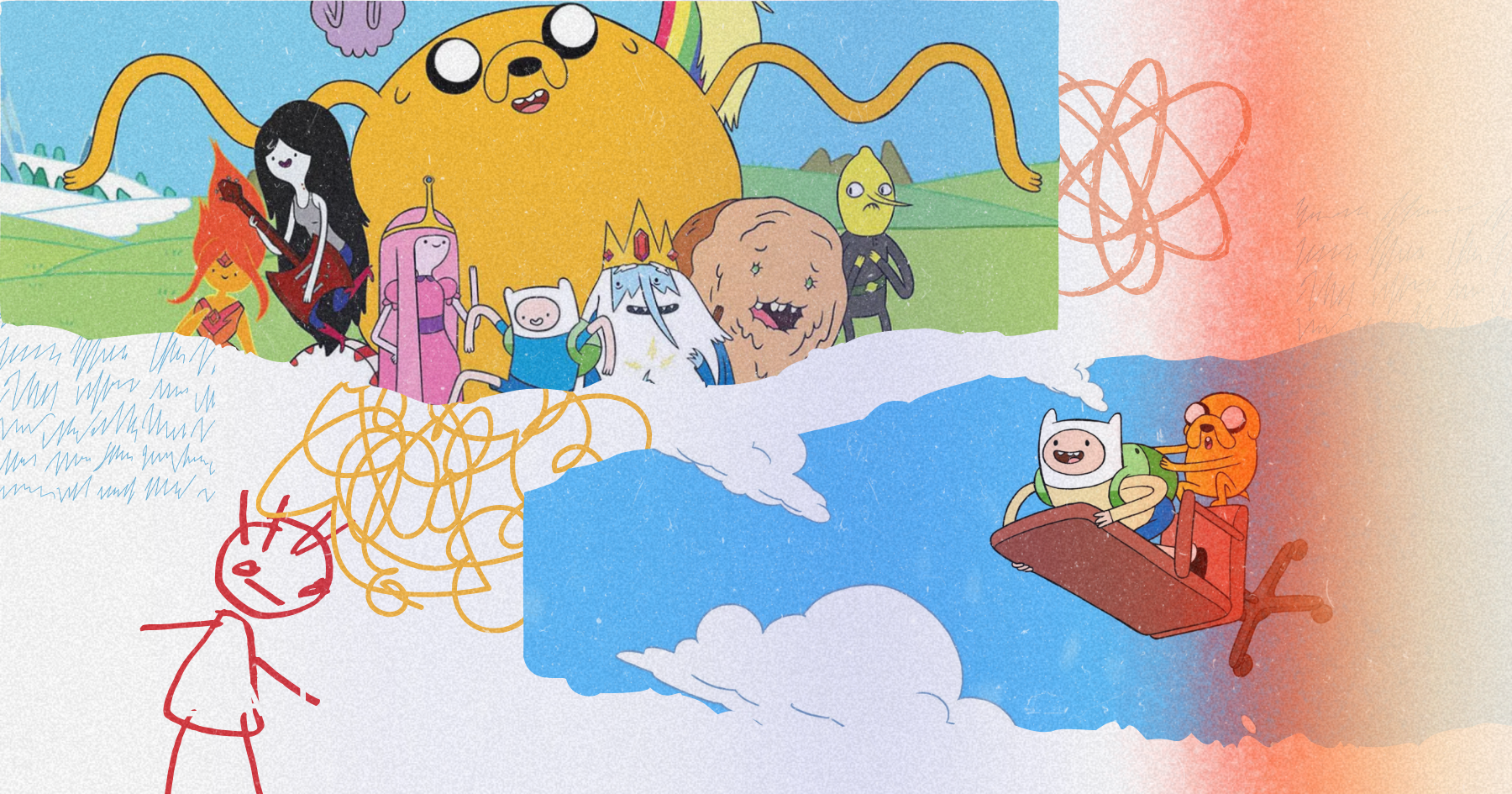
5. Stop‑motion wonders like Coraline and Isle of Dogs
These films taught me that bravery can dwell in silence, that love can stretch across worlds, and that being different is a strength. The tactile, handcrafted feel of stop‑motion draws the viewer into a physical world of magic, and who among us hasn’t been moved by a stitched button eye or a papier‑mâché pup?
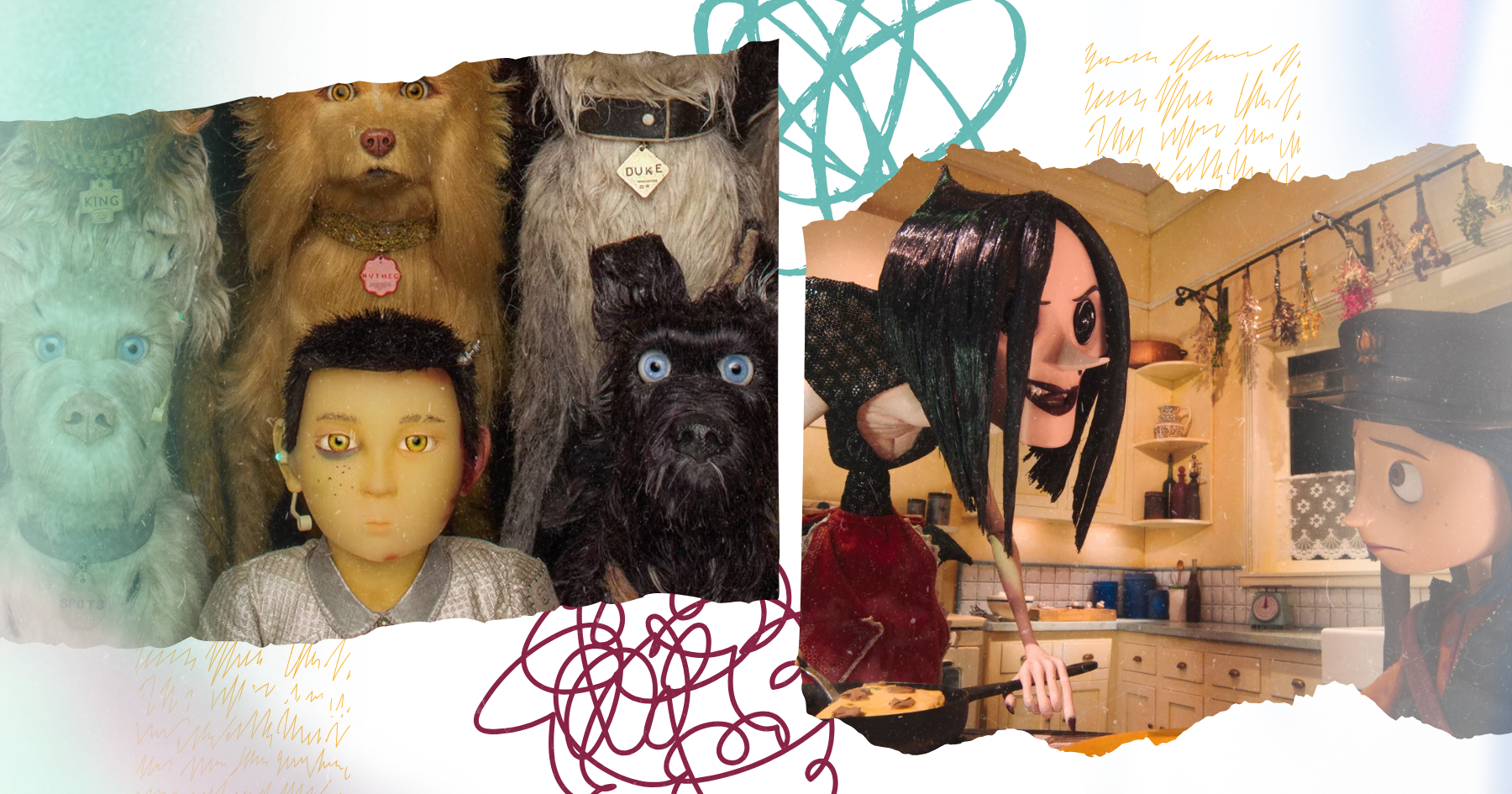
Why animation moves us more than other forms of storytelling
Animation’s blend of art and narrative uses color, movement, shape, and sound to channel emotion directly into the brain. Through the phi phenomenon (sequential images creating movement) our brains sync with rhythms of tension, release, sadness, joy. Add music, expressive design, and empathy-triggering arcs, and you get a full sensory embrace that sticks in our minds far longer than plain text.
Some facts to inspire any doubters
- Studies show educational animations significantly improve emotional intelligence and empathy compared to text-only media.
- Neuroscience confirms animation activates visual and emotional brain regions more intensely than live-action .
Studio Ghibli’s legacy is proof of animation’s universal grip
Ghibli’s hand-drawn films are praised worldwide and have influenced countless creators, including Pixar and Disney, by showing that detailed artistry, environmental themes, and rich emotional complexity resonate with audiences of all ages. Their awards (Golden Bear, Oscars, global acclaim) prove animation has matured into a major art form.
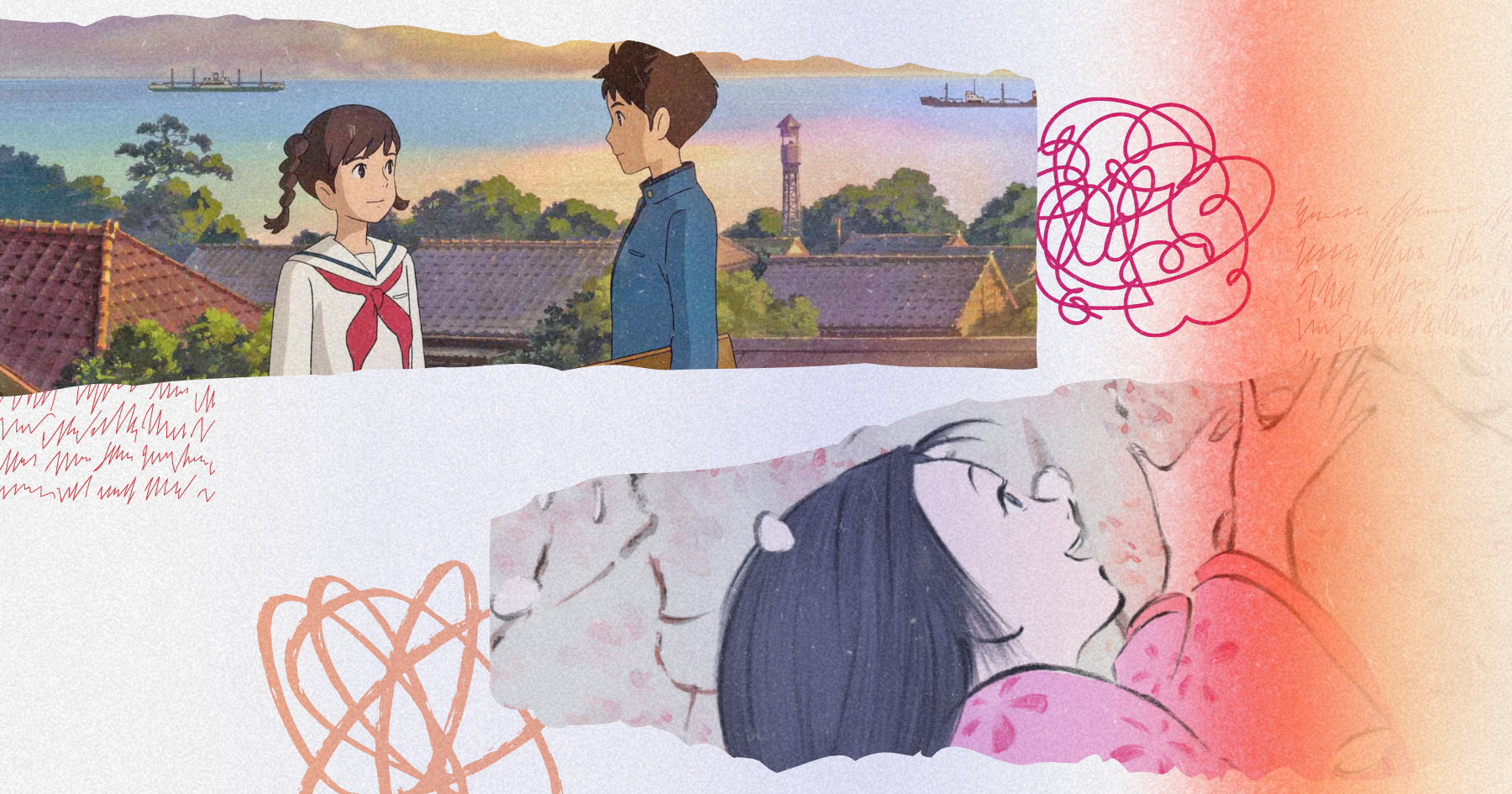
To everyone reading this: give animation a chance.
You may think it’s youthful or lightweight, but animation can crack open worlds of emotion, wonder, and wisdom. It’s a storyteller’s dream: infinite imagination, layered themes, visual poetry, emotional resonance, and the ability to imprint lessons on our hearts for life.
If studio classics and modern gems have taught me about courage, kindness, loss, reconnection, and magic, imagine what they can reveal to you.
Come with your open mind and heart. Let yourself be led by animated characters into worlds both strange and deeply familiar. You might just rediscover hope. Learn empathy. Awaken imagination. And uncover parts of yourself you never knew existed.
Regina Zuniga
The Skin Deep Digital Content Specialist

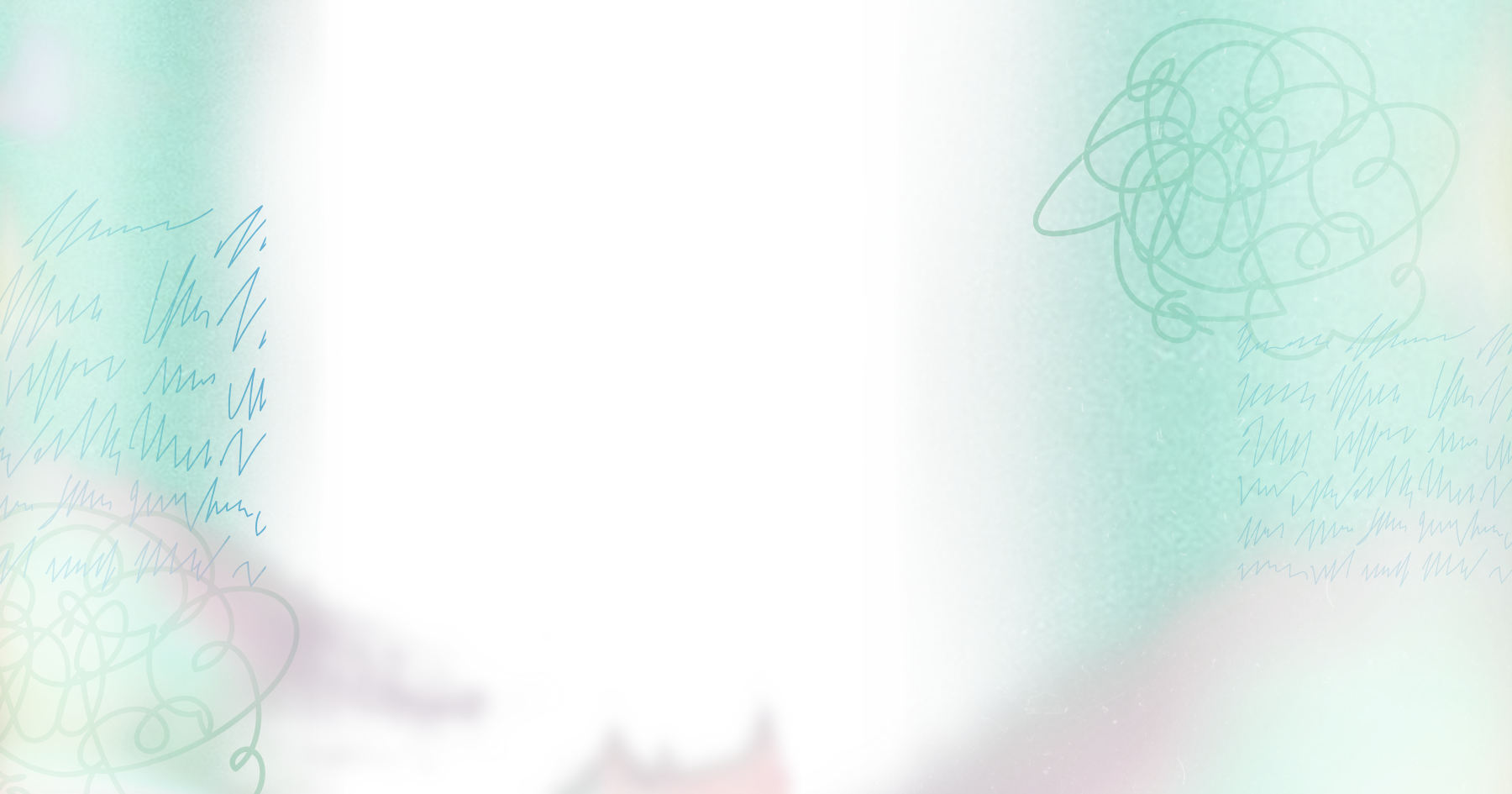

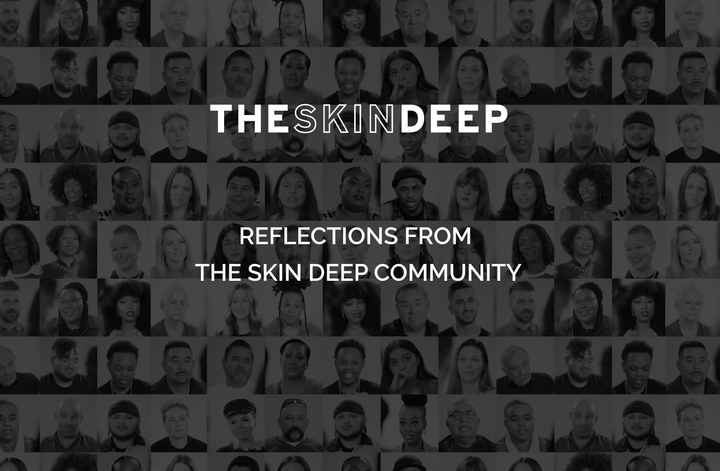
Comments ()